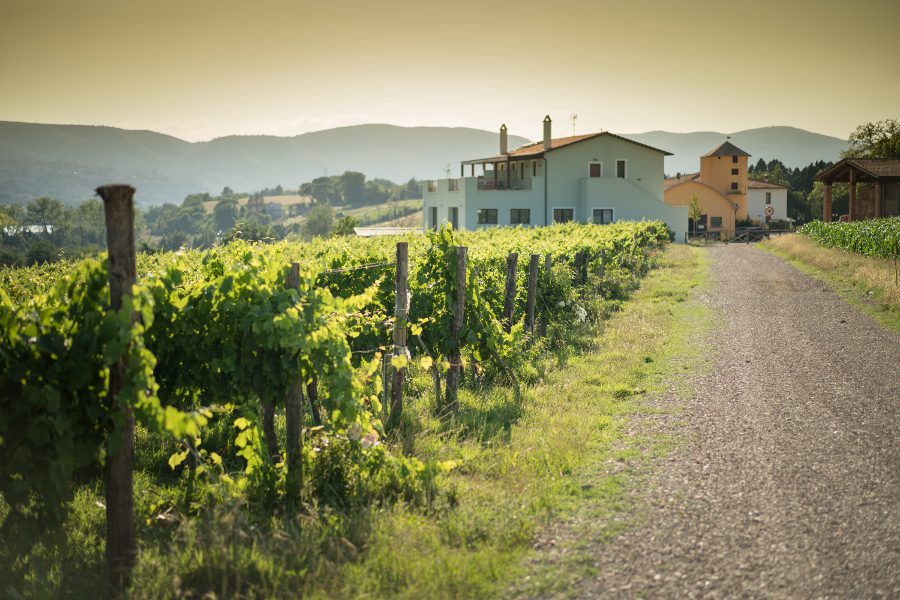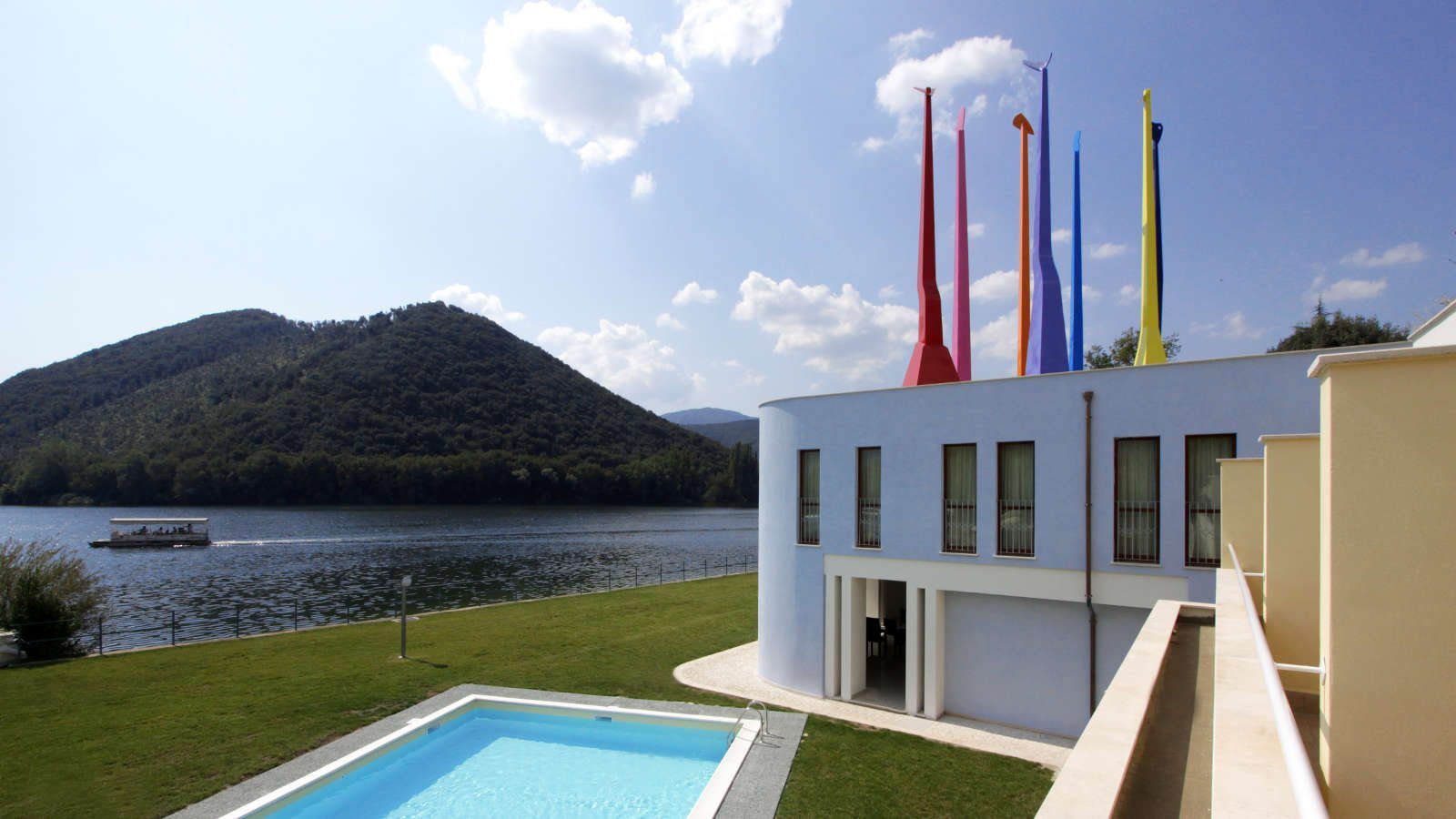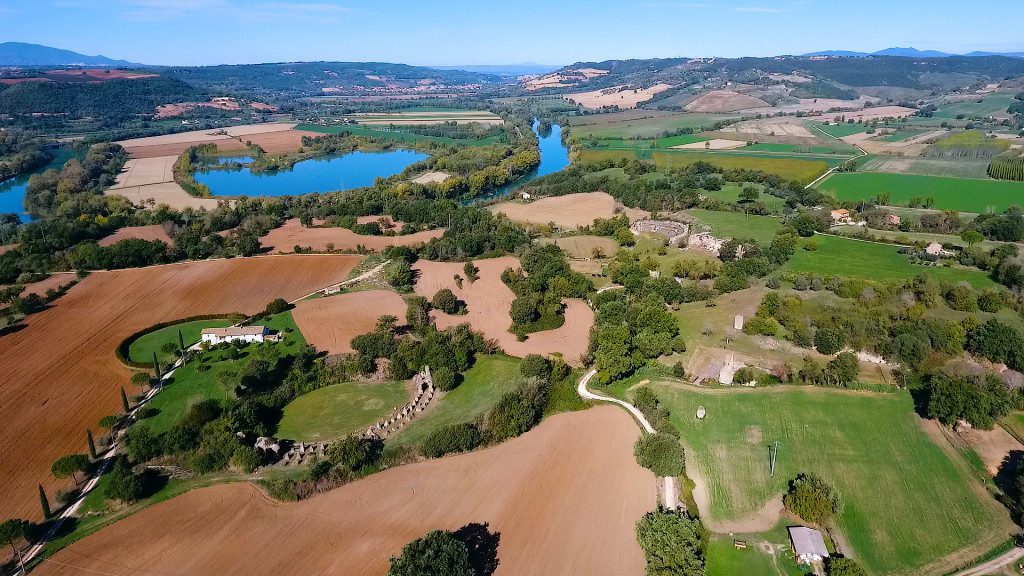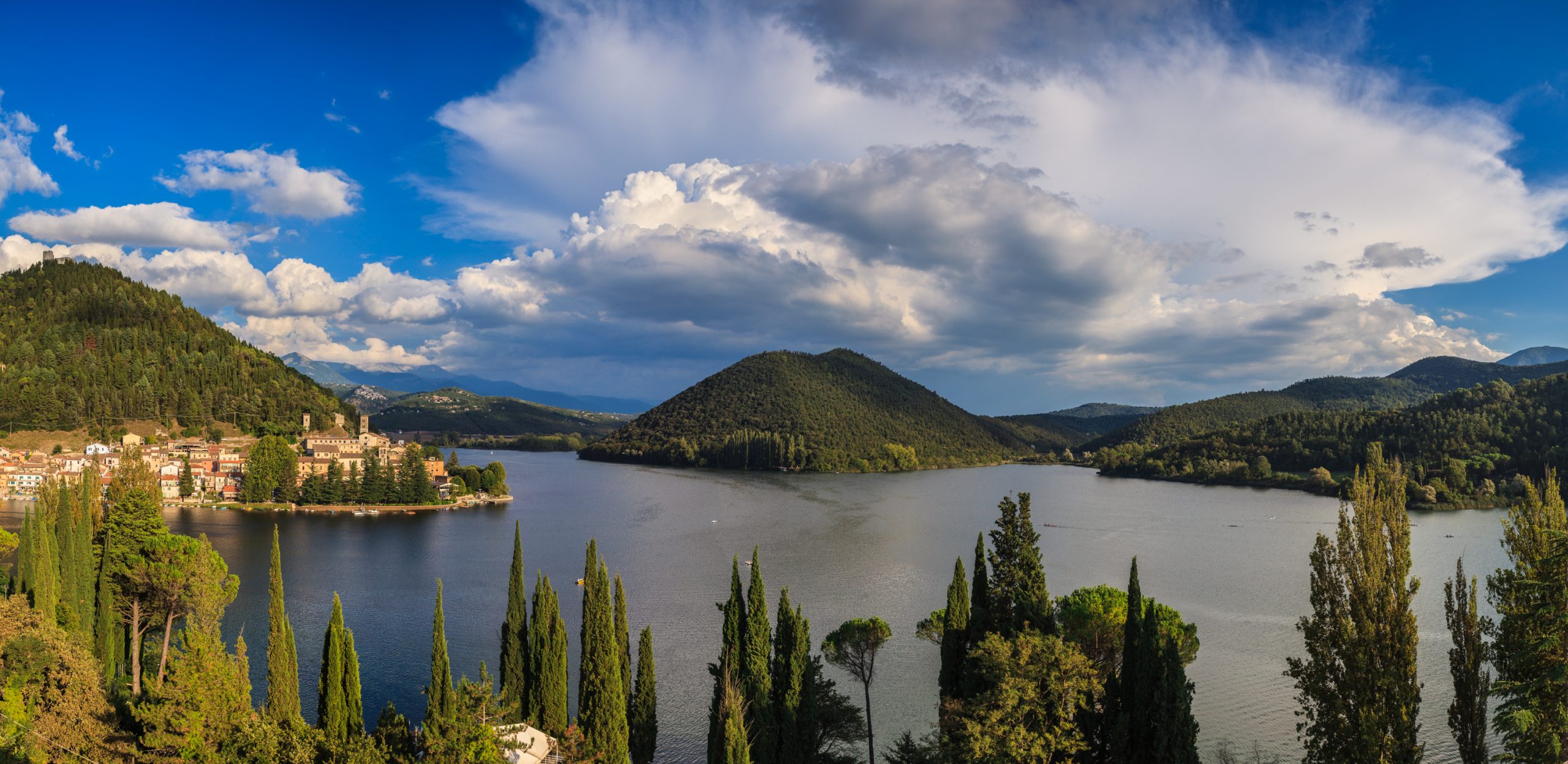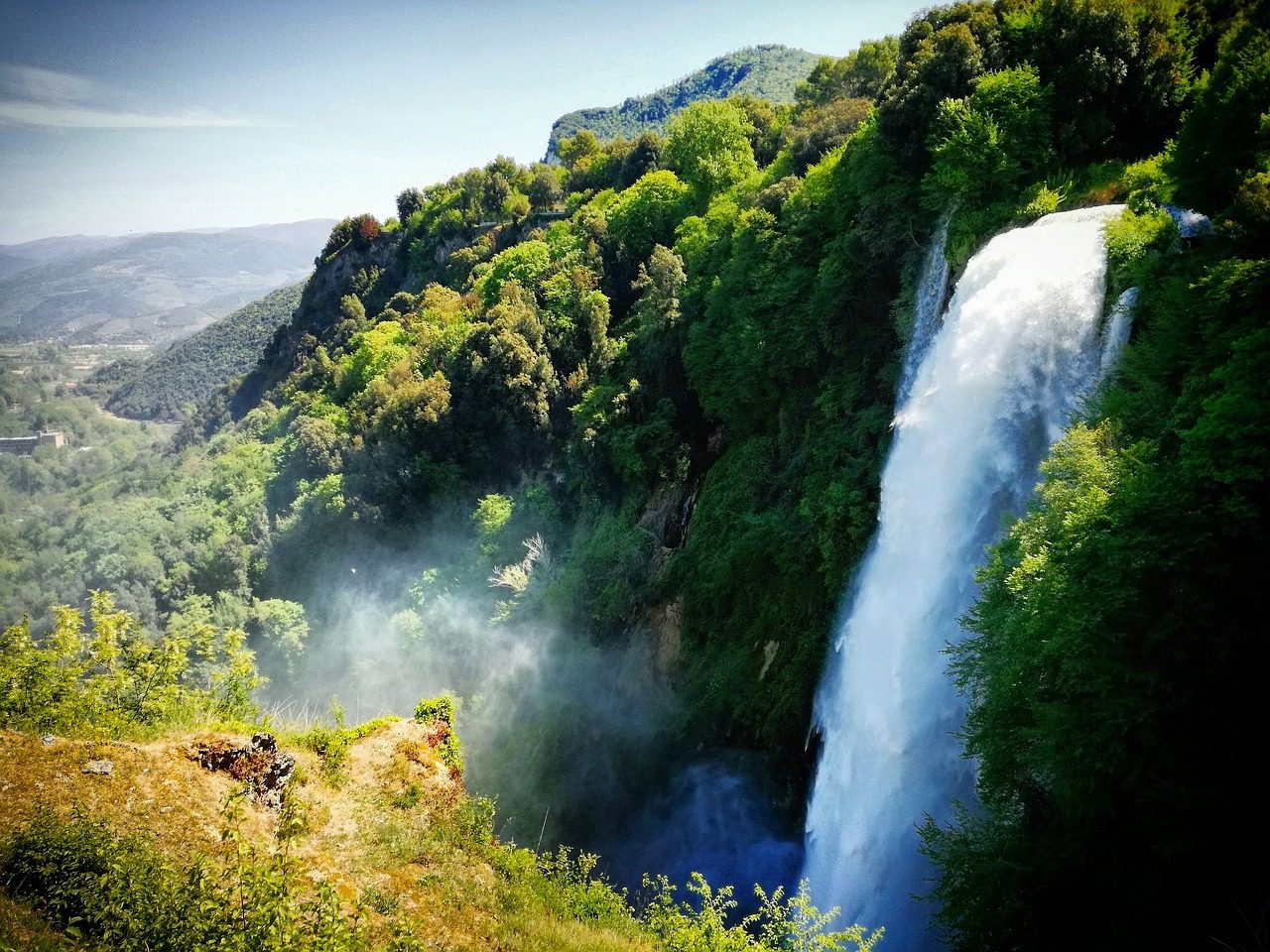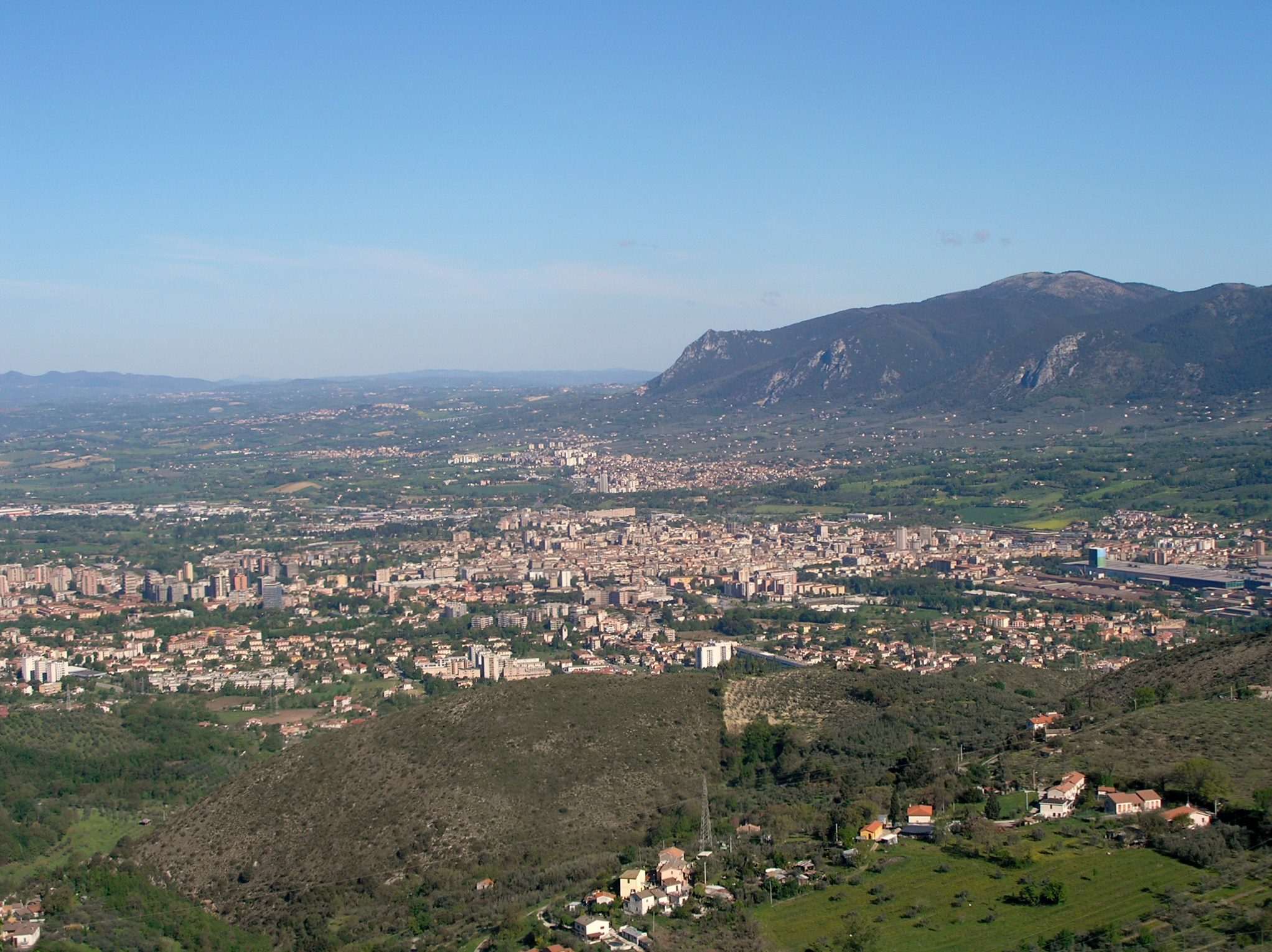Orvieto land of ancient traditions and varied landscapes ranging from a succession of gentle hills and floodplains, the superb volcanic formations that find their most emblematic expression in the rock of Orvieto.
The surrounding area is rich in areas “calanchifere”, reliefs culminating in Mount Peglia.
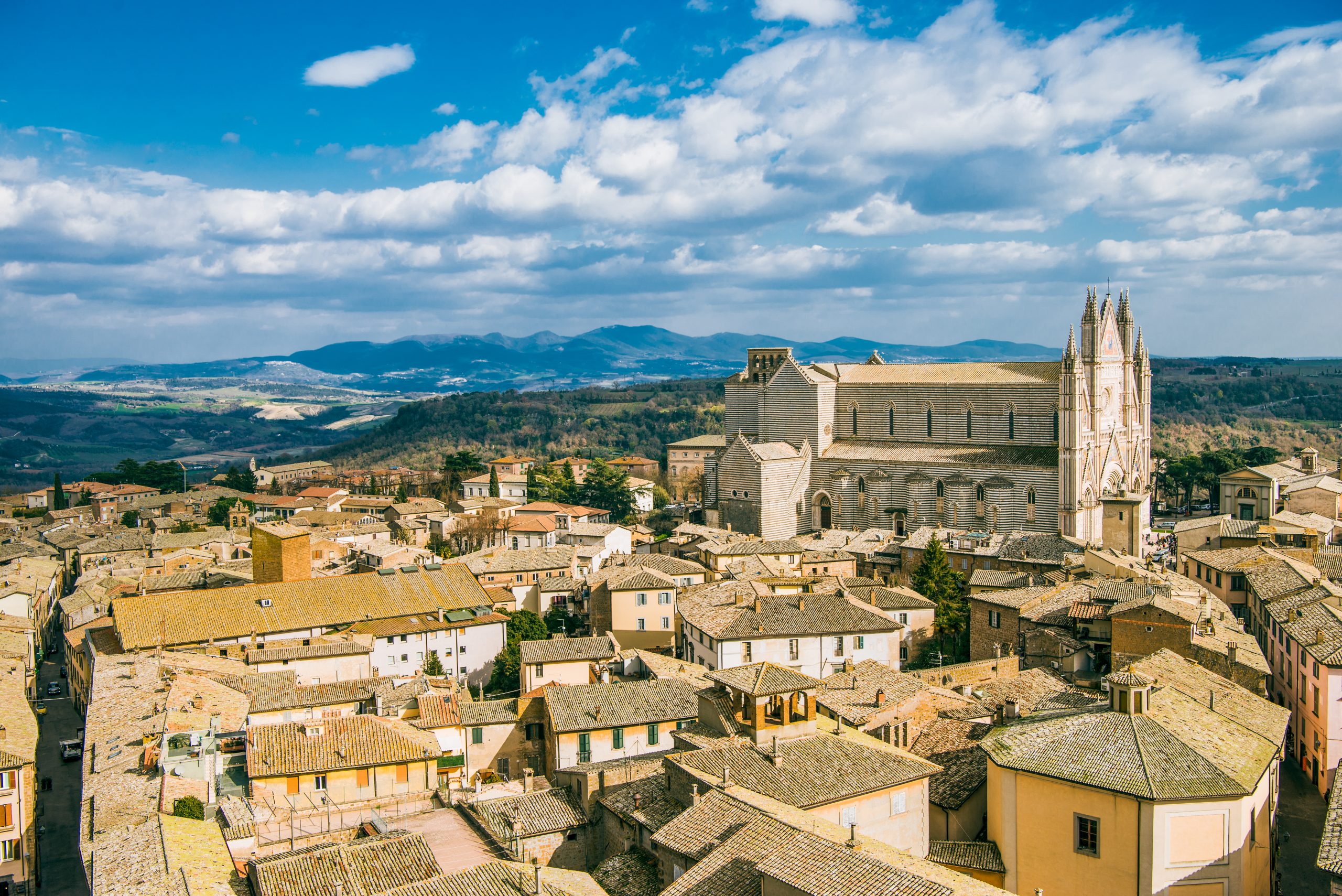
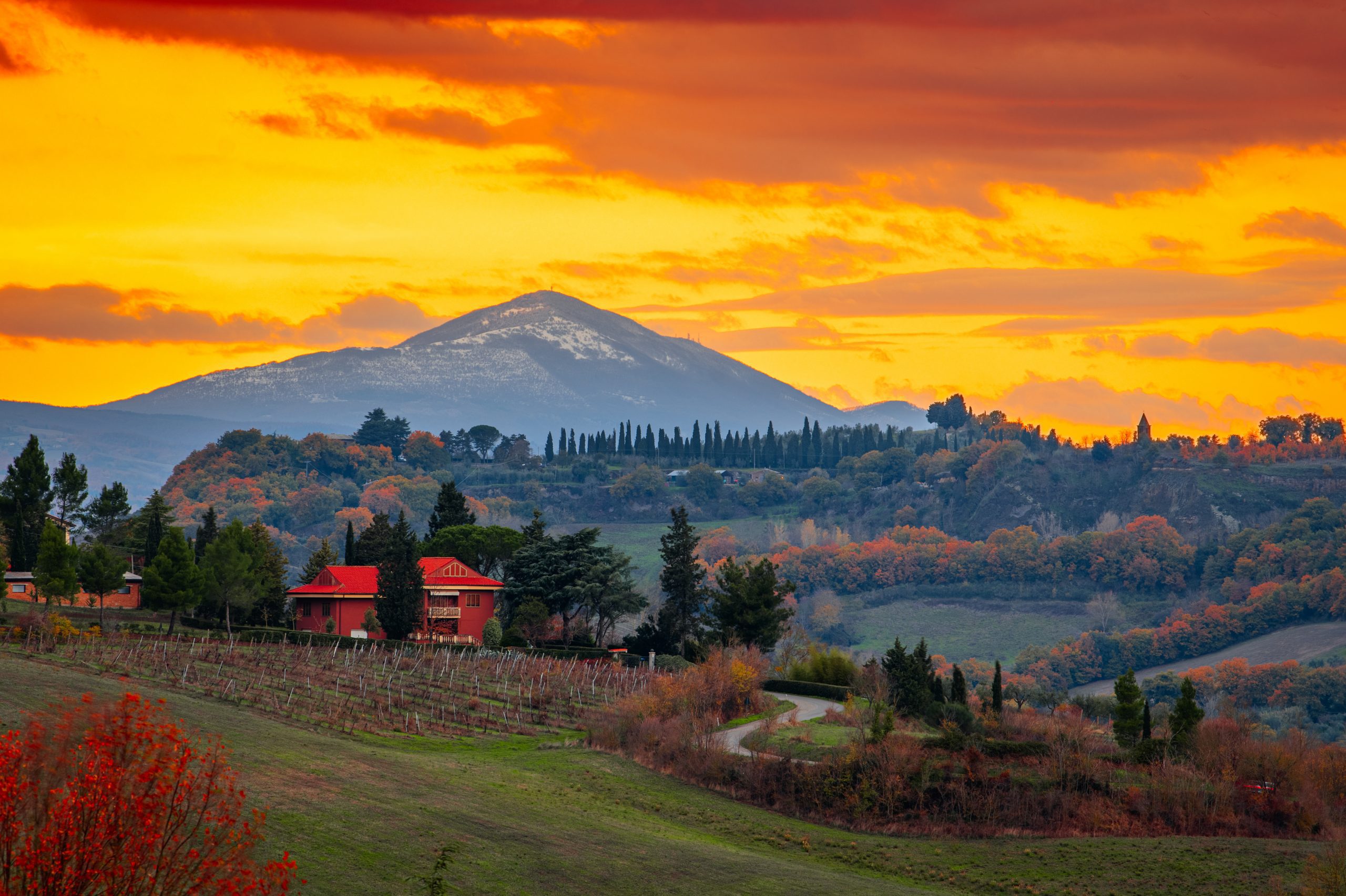
In this area, there are four national parks: the Parco Della Selva di Meana, the Park of Villalba, one of Elmo-Melonta and the Volcanological of San Venanzo. Art, archeology, mysticism characterize the area and, together, a myriad of medieval towns. The towns are often distributed around ancient castles or ruins of them that keep intact their structure and their magnificence: Parrano, Porano, Castel Viscardo, Fabro, Monteleone d ‘Orvieto, Ficulle, Baschi, Montecchio, Carnaiola Montalfina, Hall, Monterubiaglio, Montegiove, Civitella del Lago, Prodo, Titignano. Numerous historical, cultural and folklore that are an asset to the territory of Orvieto.

The historical procession of Corpus Christi, the Feast of the Palombella of Orvieto, Umbria Jazz Winter held in the same city.
The festive atmosphere of Pugnaloni Allerona or Arrancata May Castel Giorgio or the Palio del Giglio of Monteleone d’Orvieto.As for the kitchen and the typical products, both are excellent. Starting with the black truffle that finds its best moment in Fabro in a fair dedicated to it.Chianina beef. The products of the butchery and, above all, the excellent wine doc.
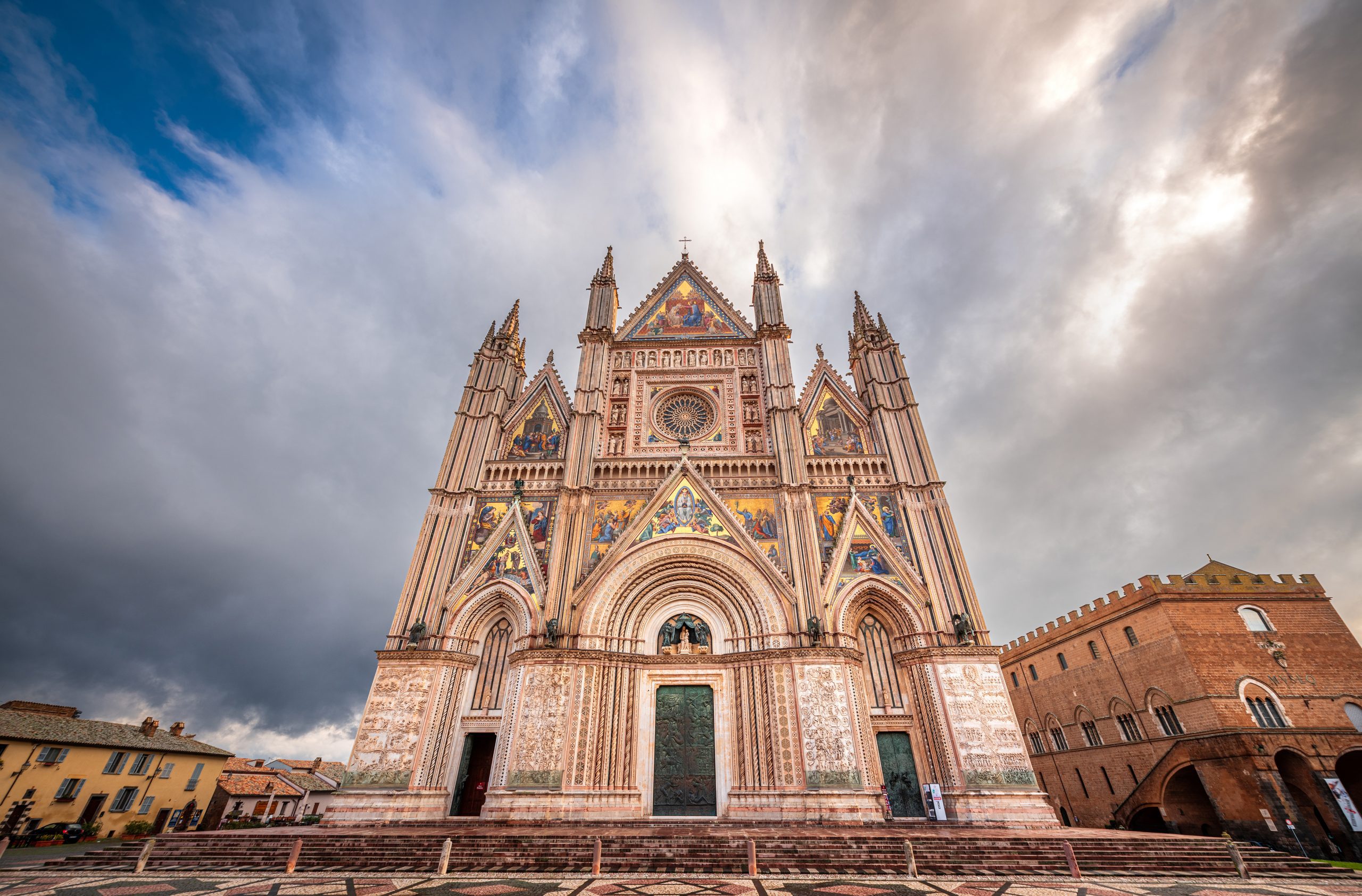
To reach Orvieto: by car just takes the motorway (A1) and exit at Orvieto city center. The travel time from Florence is about an hour and thirty minutes. Rome is approximately one hour far away from it.Otherwise, reach the city along the highway Perugia-Todi and then SS 448 Todi-Orvieto.
Orvieto is a beautiful town in Umbria and is of Etruscan origin. The Cathedral of Orvieto is known throughout the world. The city lies on an impressive massif rich in tufa caves in which arose the first Etruscan settlements of the ninth century BC The finds of Etruscan Orvieto are documented in the local museum.The Archaeological Museum, the Faina Museum, the Cathedral Museum, and the Museo Emilio Greek. Archaeology finds its highest expression in the following archeological sites: the Crocifisso del Tufo, Cannicella, Fosso San Lorenzo, Scoppieto and the Roman port of Pagliano. From the third century, BC Orvieto remained under Roman domination until the decline of the Roman Empire. Orvieto reaches the top of its development in the thirteenth century with the establishment of the General Council of the 400 and the election of the Captain of the People.
During this period, he saw the intense work of erecting palaces and holy buildings among which the very famous Cathedral, dating back to 1263. Notice the expressive power of the frescoes of the Chapel of San Brizio, the pure preciousness of the Reliquary of the Holy Shroud and the ability narrative of the bronze doors. In the city, there are beautiful architectural relics such as the Palace of the Seven, the Captain of the People or the Torre del Moro. Unique and daring in their conception are the St. Patrick’s Well and the well of Cava.


